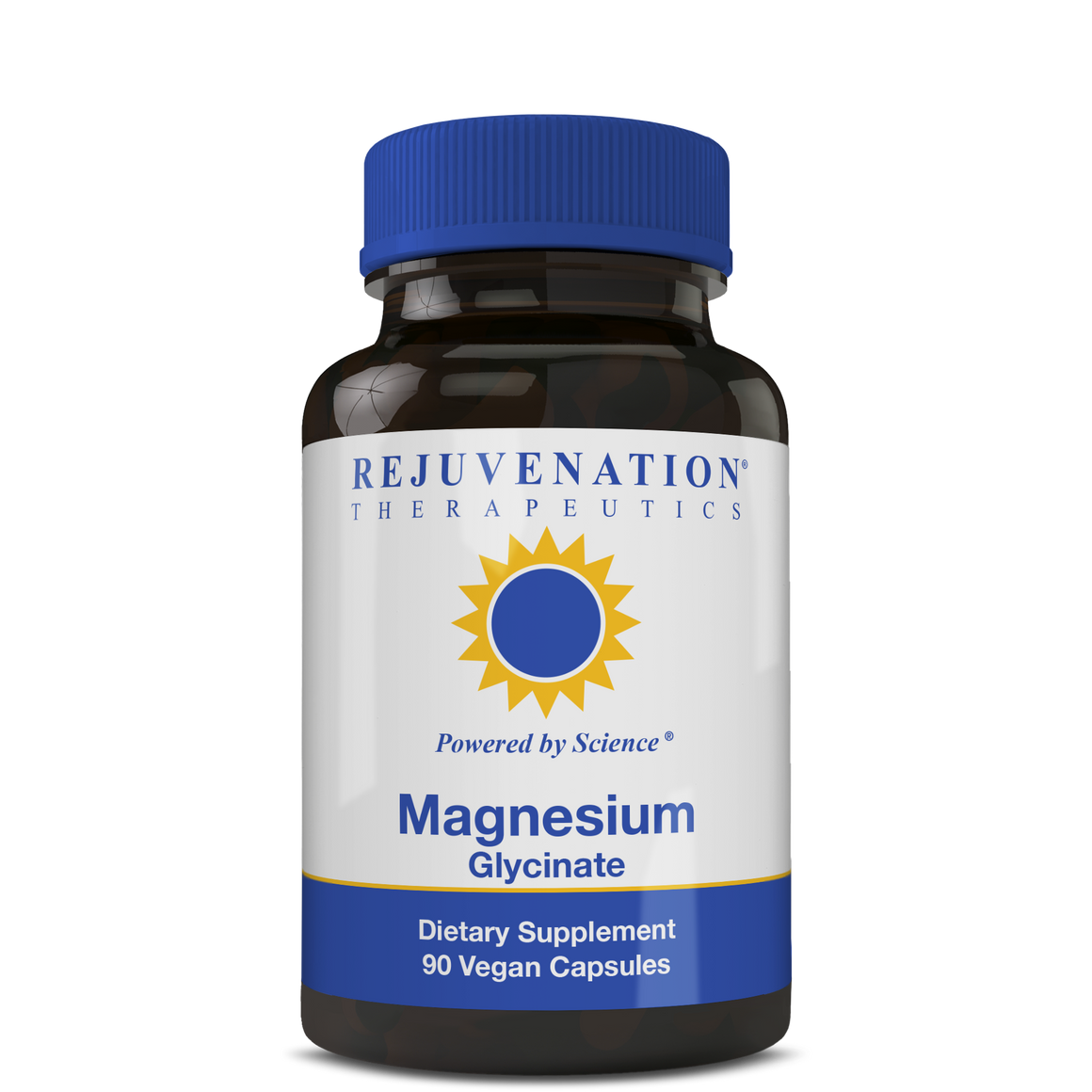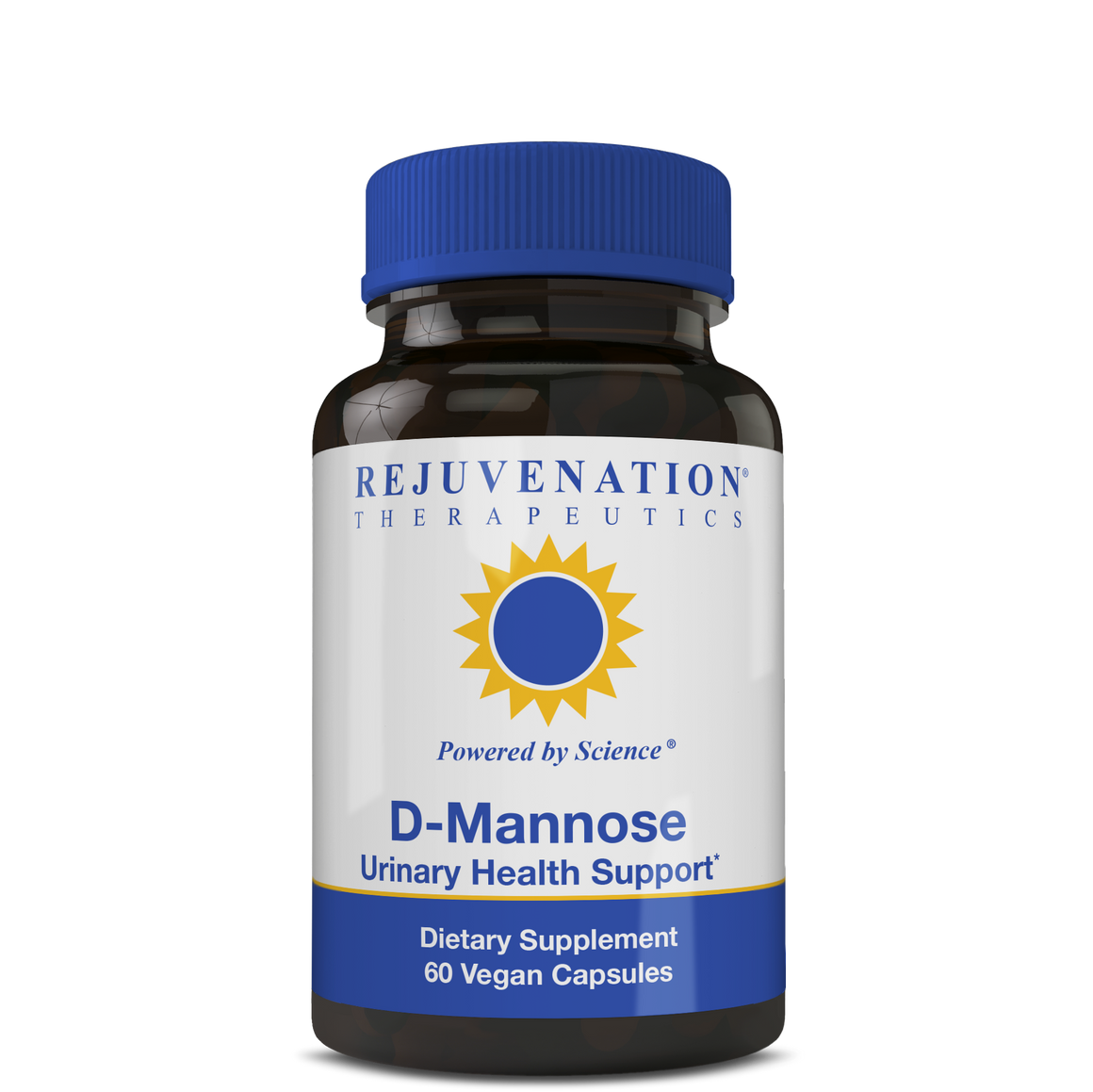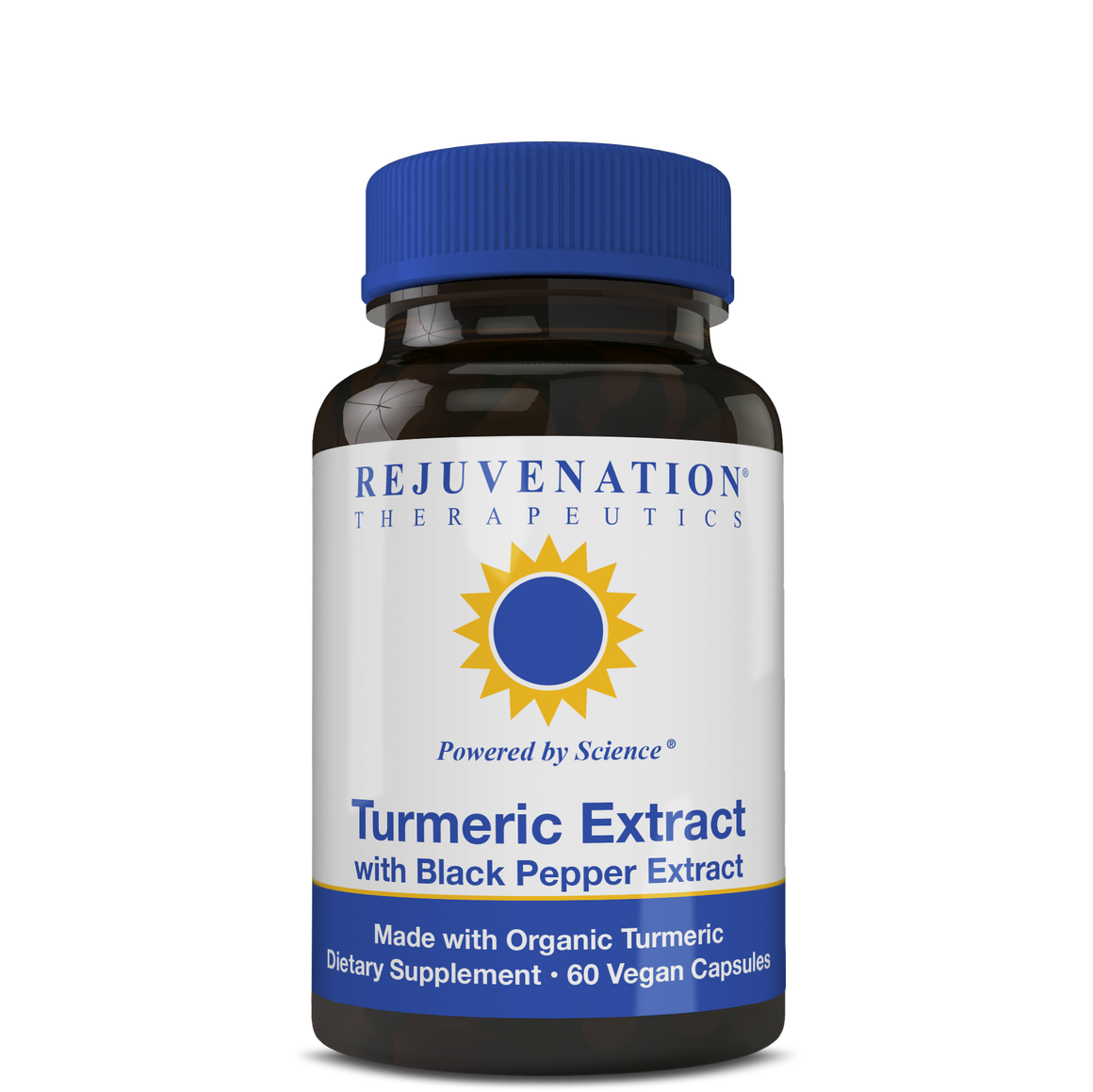Sold Out. More Coming Soon! $22.95
![]() Free Shipping on All Orders $50 or More!
Free Shipping on All Orders $50 or More!
Klamath Lake Blue-Green Algae is an excellent source of B12, which supports healthy homocysteine levels, brain health and cognition.
Health Concerns:
Brain Health | Inflammation Management | Heart Health
Klamath Blue-Green Algae is a superfood for containing a balanced amount of nutrients in small microscopic cells. It is found around the world, including the Baltic Sea and the Great Lakes. They also bloom on the Upper Klamath Lake, Oregon.
Klamath Blue-Green Algae comes under the class cyanobacteria and scientifically known as Aphanizomenon flos-aquae (AFA), which are a powerhouse of vitamins, minerals, simple carbohydrates, lipids, glycoproteins, and active enzymes. On a dry weight basis, AFA contains 10% polyunsaturated fatty acids (PUFA) — very crucial for balancing fluidity inside membranes.
Research conducted at Massachusetts General Hospital and Harvard Medical School demonstrates that Aphanizomenon flos-aquae raises levels of eicosapentaenoic acid (EPA) and docosahexaenoic acid (DHA) in blood. These omega-3 fatty acids (EPA and DHA) help to smooth functioning of the nervous system and various other organ systems. Research suggests that EPA and DHA are more efficient in raising PUFA levels in the blood than soybean oil.1
Why take Klamath Lake Blue-Green Algae?
Excellent source of vitamin B12:
AFA contains a high amount of B group of vitamins, especially vitamin B12, or Cyanocobalamin. This vitamin is naturally available from animal sources but rarely found in plant foods. AFA is an excellent vegan source of this vitamin B12. It helps in producing healthy red blood cells and is essential for the synthesis of nucleic acid and formation of myelin sheath.2
Has excellent antioxidant and helps inhibit inflammatory factors.3
A research study conducted on human erythrocytes and blood plasma samples concluded that the extract of AFA blue-green algae enriched with phycocyanin protects human erythrocytes and blood plasma against oxidative stress.4
Good source of protein and phenylethylamine
Klamath Lake Blue-Green Algae contains a high amount of protein—approximately 60% on the dry weight basis. The amino acid composition of the klamath blue-green algae possess high nutraceutical values.5
Phenylethylamine is a neuromodulator found abundantly in Aphanizomenon flos-aquae blue-green algae. This chemical compound helps modulate your biological response to stress, promotes brain health, and helps in maintaining various physiological functions.6
Klamath Lake Blue-Green Algae is the best natural vegan source of vitamin B12 and natural stress-support supplement formula. So don't stress — add Klamath Lake Blue-Green Algae to your nutritional regimen today.
Suggested Use: Take 2 capsules daily, or as directed by your qualified healthcare professional.
Warning: Consult a healthcare professional prior to use if you are pregnant or nursing, taking any medications, or have any medical conditions. Keep out of reach of children. Store in a cool, dry place.
These statements have not been evaluated by the Food and Drug Administration. This product is not intended to diagnose, treat, cure, or prevent any disease.
References

$14.95 $16.95
Our Magnesium Glycinate offers the daily dose of magnesium your body needs to support heart and bone...

$10.95 $14.95
D-mannose isn't just one of our favorite products. It has been shown to be effective in helping...

Sold Out. More Coming Soon! $13.95
Organic Turmeric Extract with Black Pepper Extract promotes a healthy inflammatory response, as well as whole-body...
Copyright
© 2026
Rejuvenation Therapeutics
* These statements have not been evaluated by the Food and Drug Administration. These products are not intended to diagnose, treat, cure, or prevent any disease.
